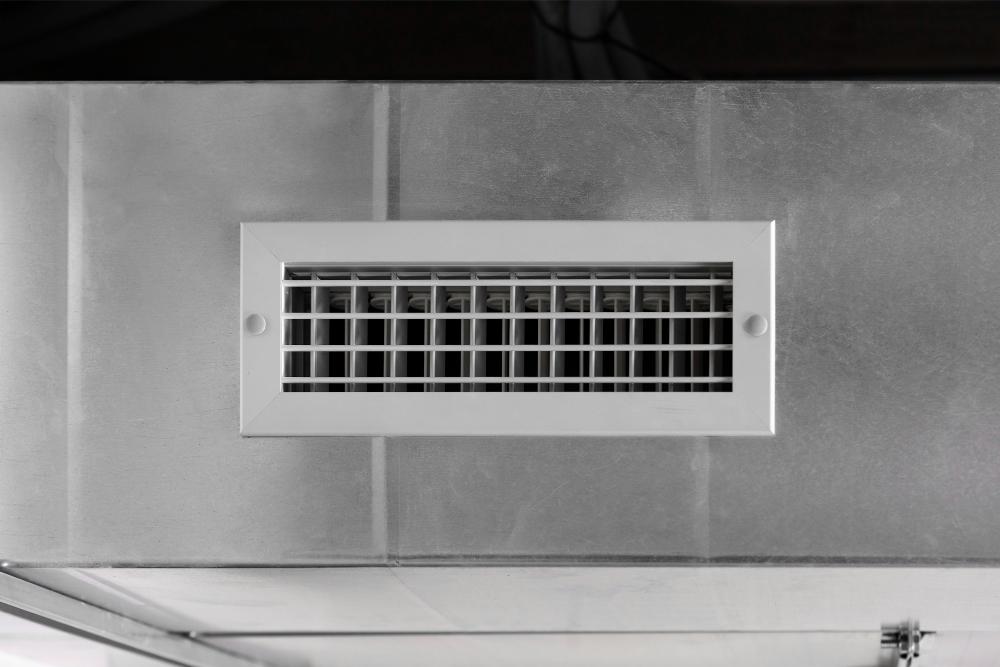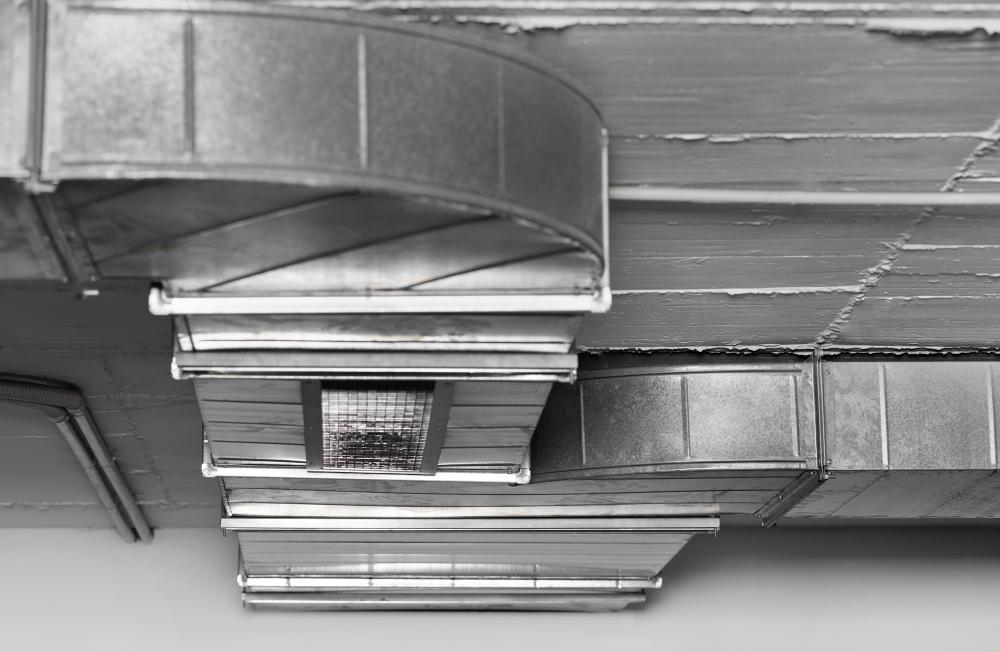If you’re in the market for a new home, you’ve probably heard of mechanical ventilation systems. But what about those of us who already own a home? Do we need one too?

Buckle up because we’re about to take you on a journey to find out the answer.
Debunking the Myth
The myth that mechanical ventilation systems are only necessary for new homes is a persistent one. But let’s set the record straight: this myth is simply not true.
In fact, homes that were built before modern building codes were established may have even greater ventilation needs.
Without proper ventilation, these homes can become a breeding ground for mold, mildew, and other harmful contaminants that can impact the health of you and your loved ones.
And if you need more evidence, consider this: The American Society of Heating, Refrigerating and Air-Conditioning Engineers (ASHRAE) recommends a minimum ventilation rate of 0.35 air changes per hour in all residential buildings, regardless of their age.
This rate ensures that occupants receive an adequate supply of fresh air and that the air inside the home is not stale and polluted.
So, let’s put this myth to rest once and for all. All homes, whether old or new, need proper ventilation to maintain healthy indoor air quality. It’s not just a matter of comfort, but of health and safety.
Understanding Mechanical Ventilation Systems

Mechanical ventilation systems are essential for maintaining healthy indoor air quality. Let’s break it down: these systems are designed to circulate fresh air throughout your home and remove stale air, moisture, and pollutants.
There are different types of mechanical ventilation systems available, each with their own unique benefits.
Exhaust-only systems, for example, work by removing air from the home, while supply-only systems bring in fresh air from the outside.
And if you want the best of both worlds, there are balanced systems that do both, ensuring a constant flow of fresh air and removing stale air at the same time.
But how do they actually work?
Well, it’s simple (in theory, at least). Mechanical ventilation systems use a fan or series of fans to circulate air through your home. Some systems rely on ductwork to distribute the air, while others use passive vents.
But here’s the kicker: not all ventilation systems are created equal. The size of your home, local climate, and other factors can impact which type of system is best for you.
That’s why it’s important to work with a licensed HVAC contractor to determine which system will work best for your needs.
Benefits of Mechanical Ventilation Systems
Installing a mechanical ventilation system may be the solution you’ve been looking for. Here are the top benefits of mechanical ventilation systems in your home:
- Improved indoor air quality. Mechanical ventilation systems circulate fresh air throughout your home, removing stale air and improving the quality of the air you breathe. This helps reduce the risk of health problems like allergies, asthma, and respiratory issues.
- Increased energy efficiency. By constantly circulating air throughout your home, mechanical ventilation systems can help regulate temperature and reduce the need for heating and cooling systems to work overtime.
- Reduced moisture levels. Excess moisture in your home can lead to the growth of mold and mildew, which can be harmful to your health. Mechanical ventilation systems can help reduce moisture levels and prevent the growth of mold and mildew.
- Reduced odors and pollutants. Mechanical ventilation systems can help remove odors, pet dander, and other pollutants from your home. This creates a more pleasant and healthy living environment.
Retrofitting an Existing Home
Do you think it’s impossible or too difficult to retrofit an older home with a mechanical ventilation system?
Despite what some may believe, it is entirely possible and even practical to install a ventilation system in an existing home.
Many homeowners are under the impression that they can only install a mechanical ventilation system when building a new home. But that’s simply not true.
In fact, retrofitting an older home with a ventilation system can have even greater benefits since older homes often have poor air circulation and may contain harmful pollutants.
Fortunately, there are many solutions and resources available for homeowners looking to install a mechanical ventilation system in their older home. One option is to work with an experienced HVAC contractor who can assess your home’s ventilation needs and provide recommendations on the best system for your home.
Another option is to do your research and find a reputable ventilation system provider who can guide you through the process of retrofitting your home.
Don’t let these misconceptions stop you from improving the air quality and comfort of your living space. With the right resources and expertise, you can retrofit your existing home and enjoy the many benefits of a mechanical ventilation system.
Importance in Home Inspections
Home inspections are an essential part of the buying and selling process, and for good reason. A thorough inspection can help identify potential issues that could impact the safety, value, and livability of a home. One critical element that inspectors focus on is the home’s ventilation system.
Without proper ventilation, a home can quickly become a breeding ground for harmful pollutants, excess moisture, and stale air.
In fact, many home buyers today are looking for homes with modern ventilation systems. And a well-maintained ventilation system can increase a home’s value and provide peace of mind for both the buyer and the seller.
In addition, a functioning mechanical ventilation system is often required by home insurance policies in order to qualify for coverage. Without proper ventilation, a home may be deemed a higher risk for mold growth, which can lead to increased insurance costs.
Final Thoughts
The truth is, every home can benefit from a properly installed and maintained ventilation system. From improving indoor air quality to reducing health risks and increasing energy efficiency, ventilation systems offer numerous benefits for homeowners and occupants alike.
So, don’t overlook this crucial element of your home’s infrastructure. Invest in the proper installation and inspection of your ventilation system. And you’ll be well on your way to a healthier, more efficient, and more valuable home.





